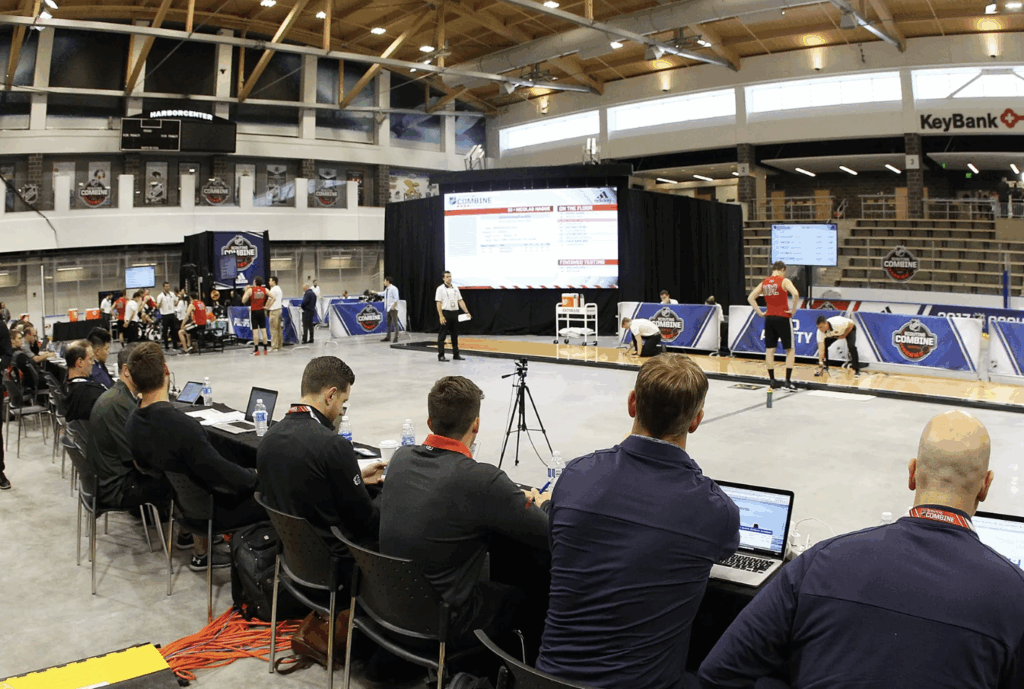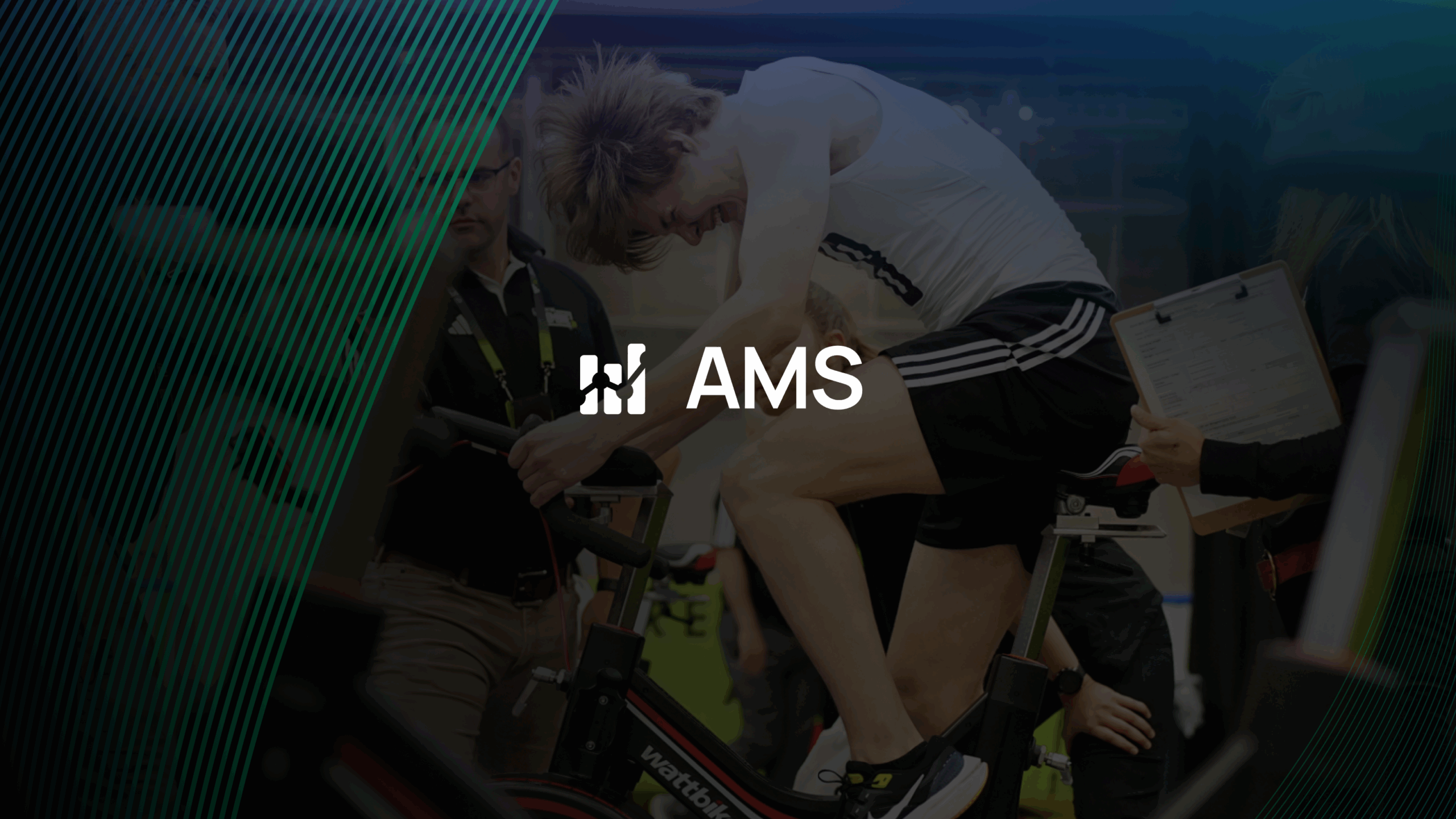When Matthew Schaefer steps into the NHL Scouting Combine this week, scouts will watch the Erie Otters defenseman—projected as the top pick in the 2025 draft—power through grip strength tests, explode off the line in pro agility drills, and showcase the athleticism that makes him a future elite NHL defenseman. But here’s what separates championship organizations from the rest: the most innovative teams that draft players like Schaefer won’t just file away his combine numbers—they’ll use those metrics as the foundation of a systematic development plan that tracks his progress for years to come.

In all professional leagues, the difference between championship contention and mediocrity often comes down to player development. While talent acquisition through the draft remains crucial, the teams that consistently outperform are those that maximize the potential of every player in their system—from first-round picks like Schaefer to late-round gems.
The NHL Scouting Combine provides a standardized baseline of athletic performance metrics across strength, conditioning, agility, and movement efficiency. But the real value lies in what teams do with this data over time. Forward-thinking NHL organizations are leveraging Teamworks AMS (Athlete Management System) to transform raw combine numbers into actionable player development insights.
The Challenge: From Data Points to Development Plans
Every year, prospects undergo rigorous testing at the NHL Scouting Combine—measuring everything from grip strength and VO2 max to pro agility times and vertical jump power. The challenge isn’t collecting this data—it’s creating a systematic approach to track how these metrics evolve throughout a player’s development journey.
How Teamworks AMS Turns Combine Data into Development Infrastructure
Step 1: Flexible Data Integration
Teamworks AMS seamlessly ingests combine results as baseline measurements for each prospect and draftee. The platform’s flexibility allows teams to customize data fields and tracking methods that align with their specific development philosophies and testing protocols.
Step 2: Year-over-Year Progression Tracking
The real power emerges when teams can compare a player’s current performance against their combine baseline. Did that 2023 draft pick improve their power output after two years of professional training? Has a prospect’s conditioning improved significantly? Are movement efficiency metrics trending upward? Teamworks AMS makes these comparisons effortless and visual.
Step 3: Customizable Development Insights
Teams can configure the system to track the metrics that matter most to their development approach. Whether focusing on strength gains, conditioning improvements, or movement quality, Teamworks AMS adapts to each organization’s unique development framework while maintaining the combine data as a consistent reference point.
Step 4: Informing Strategic Decisions
When teams can objectively measure improvement across standardized metrics, they gain confidence in their development processes. A player who shows consistent year-over-year gains demonstrates coachability and work ethic—traits that don’t always show up in game statistics but are crucial for long-term success.
The Competitive Advantage
Consider Porter Martone, the 6-foot-3 power-forward projected as a top-five pick. Scouts love his blend of size, offensive instincts, and compete level, but there’s one area holding him back: “His first few steps are heavy, with a semi-wonky looking stride, and he doesn’t always play with a ton of tempo.” At the combine, Martone’s pro agility times and acceleration metrics will likely reflect this skating concern.
Here’s where Teamworks AMS creates competitive separation. The team that drafts Martone won’t just note his combine skating numbers and move on. They’ll establish those metrics as his development baseline, then systematically track improvement through customized training protocols. As Martone himself said: “I need to spend the summer in the gym getting faster and stronger if I’m going to play my game at the NHL level.”
Two years later, when Martone’s pro agility times have dropped significantly and his acceleration metrics show marked improvement, that organization will have objective proof their development system works. More importantly, they’ll have transformed a top prospect’s biggest weakness into a strength.
Organizations using Teamworks AMS for combine data integration gain several key advantages:
Objective Player Evaluation: Rather than relying solely on subjective assessments, teams can point to concrete improvements in measurable athletic qualities.
Targeted Development Focus: The platform’s flexibility allows teams to identify specific areas for improvement and track progress systematically—like turning a player’s speed concern into a development success story.
Resource Optimization: Understanding which prospects respond best to specific interventions helps teams allocate training resources more effectively.
Organizational Learning: Teams can refine their development methodologies based on what the data reveals about their success patterns.
The Bottom Line
Teamworks AMS provides the flexible infrastructure to turn the NHL Scouting Combine from a one-time evaluation into the foundation of a comprehensive, customizable player development strategy for years to come.
